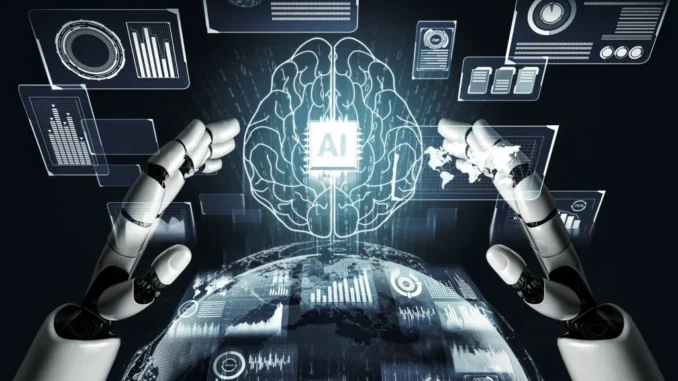
Artificial intelligence (AI) encompasses a broad range of technologies and methodologies designed to simulate human intelligence and behavior. Here are some key areas within the field of AI:
1. **Machine Learning (ML)**: A subset of AI that focuses on algorithms and statistical models that enable computers to improve their performance on tasks through experience and data. Common techniques include supervised learning, unsupervised learning, and reinforcement learning.








2. **Natural Language Processing (NLP)**: The branch of AI that deals with the interaction between computers and humans through natural language. It involves understanding, interpreting, and generating human language. Applications include chatbots, translation services, and sentiment analysis.
3. **Computer Vision**: This area focuses on enabling machines to interpret and understand visual information from the world, such as images and videos. Applications include facial recognition, object detection, and autonomous vehicles.
4. **Robotics**: The integration of AI with robotics allows machines to perform tasks in the physical world, ranging from industrial automation to domestic robots. AI helps robots with perception, navigation, and decision-making.
5. **Expert Systems**: These are AI programs that simulate the decision-making ability of a human expert. They use a knowledge base and a set of rules to solve specific problems within a particular domain.
6. **Artificial General Intelligence (AGI)**: Theoretical AI that aims to create systems with generalized cognitive abilities, much like a human. AGI would be able to perform any intellectual task that a human can do.
7. **Deep Learning**: A subfield of machine learning based on artificial neural networks with many layers (hence “deep”). It has been particularly successful in areas such as image and speech recognition.
8. **Reinforcement Learning**: A type of machine learning where an agent learns to make decisions by taking actions in an environment to maximize cumulative reward. It’s often used in game playing and robotics.
9. **Generative Models**: These models can generate new data samples that mimic the training data. They have applications in art, music, and content creation, with notable examples being generative adversarial networks (GANs).
10. **Ethics and Fairness**: As AI systems become more prevalent, there is an increasing focus on the ethical implications of AI, including bias, transparency, accountability, and the societal impacts of automation and decision-making systems.
11. **Human-AI Collaboration**: Exploring how AI can augment human capabilities rather than replace them. This includes systems that assist in decision-making, creativity, and complex problem-solving.
AI continues to evolve, driving innovation in various sectors such as healthcare, finance, transportation, education, and more, while also raising important questions about its societal impact.


Leave a Reply